Your Wonder Woman cheat sheet - everything you need to know
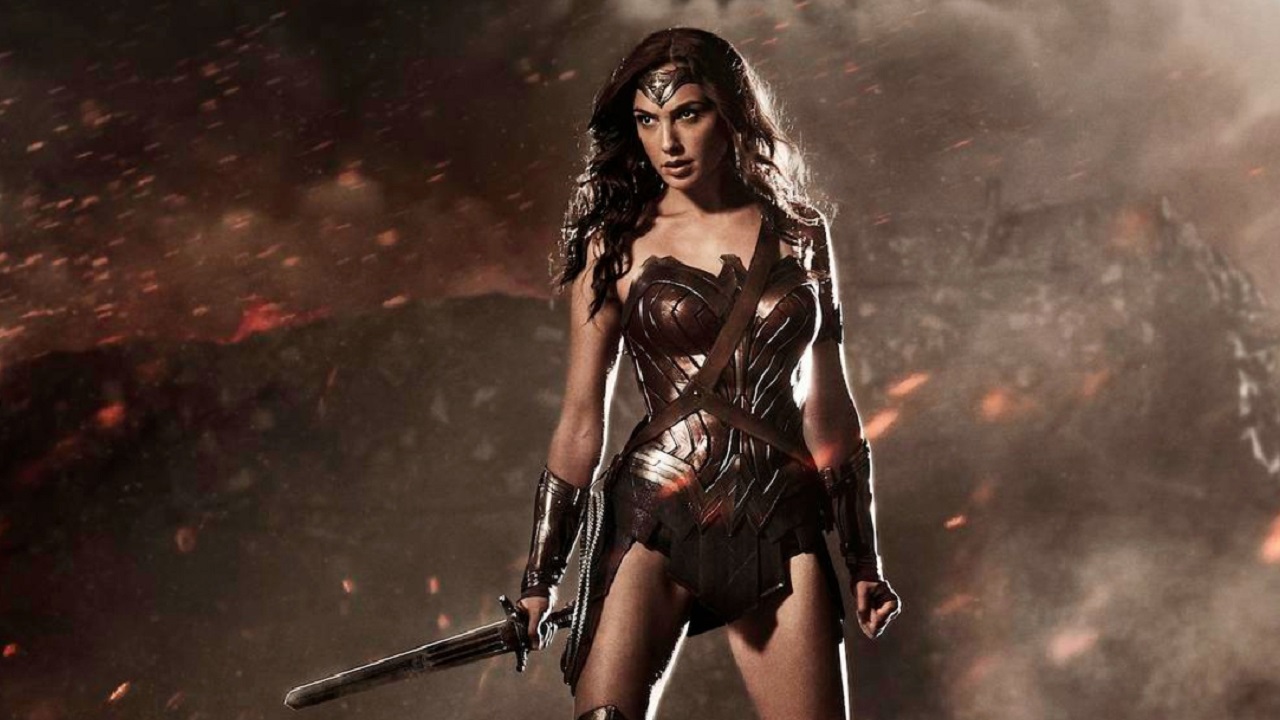
With the amazing Amazon soon to star in her first solo movie, here’s our quick guide to Diana Prince. From her origins as a Nazi-bashing emissary from Paradise Island and the real world controversy that surrounded the character, to Wonder Woman's current status as the most loved female comic hero on the planet, this is all you need to know ahead of the new movie.
Who is Wonder Woman?
Princess Diana of Themyscira is an Amazon warrior who fights for truth, justice, peace and love. Immortal and blessed with superhuman strength, she can scrap it out with the best of her superhero friends (she’s a member of the Justice League and is particularly close with Superman, who she has occasionally been romantically involved with), while also retaining a cool head and a wealth of compassion. She also comes with some natty gadgets: indestructible bracelets to absorb enemy attacks; a lasso that forces anyone caught within its lash to tell the truth and, er, an invisible plane.
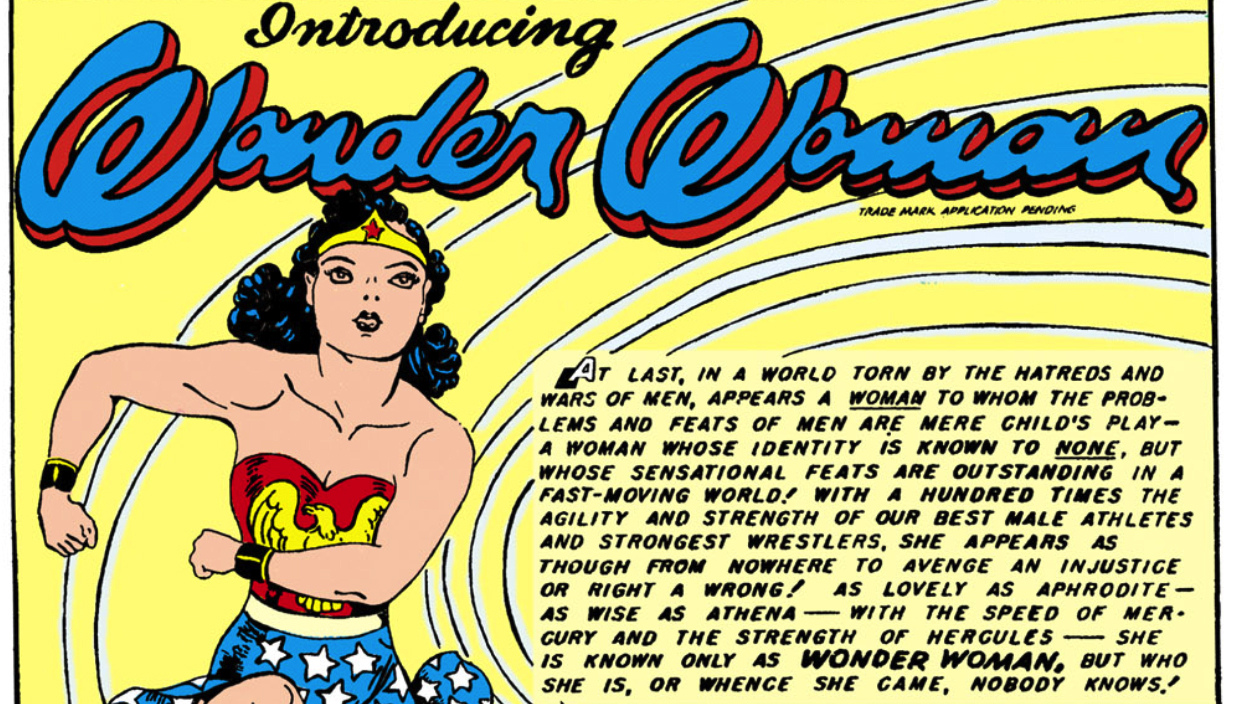
Created in 1941, Wonder Woman has been one of DC Comics' tentpole characters for decades. In that time her foes have included Nazis (she hates those guys), aliens, mythological deities and – on occasion – even her fellow heroes.
After a few decades languishing in the backwaters of pop culture, Diana is back in the public eye. Gal Gadot made her debut in the role in this year’s Batman v Superman, and will be starring in a solo movie due in June 2017. That film will take us back to the origins of the character, which lie on a lonely island in the Atlantic...
Island life
When we first meet Diana in All Star Comics #8, she’s safely ensconced on Paradise Island – a tiny place, tucked away in the Atlantic. When US Army pilot Steve Trevor’s plane crashes, she helps nurse him back to health. Men are forbidden on the island (we learn that the Amazons were once enslaved by fellas) and so, once he has recovered, Queen Hippolyta decrees that he must be sent packing back to “Man’s World”. Hippolyta decides to send an Amazon agent with him, to help combat the Nazi threat to the world, and Diana – who has developed feelings for Steve – takes on the job.
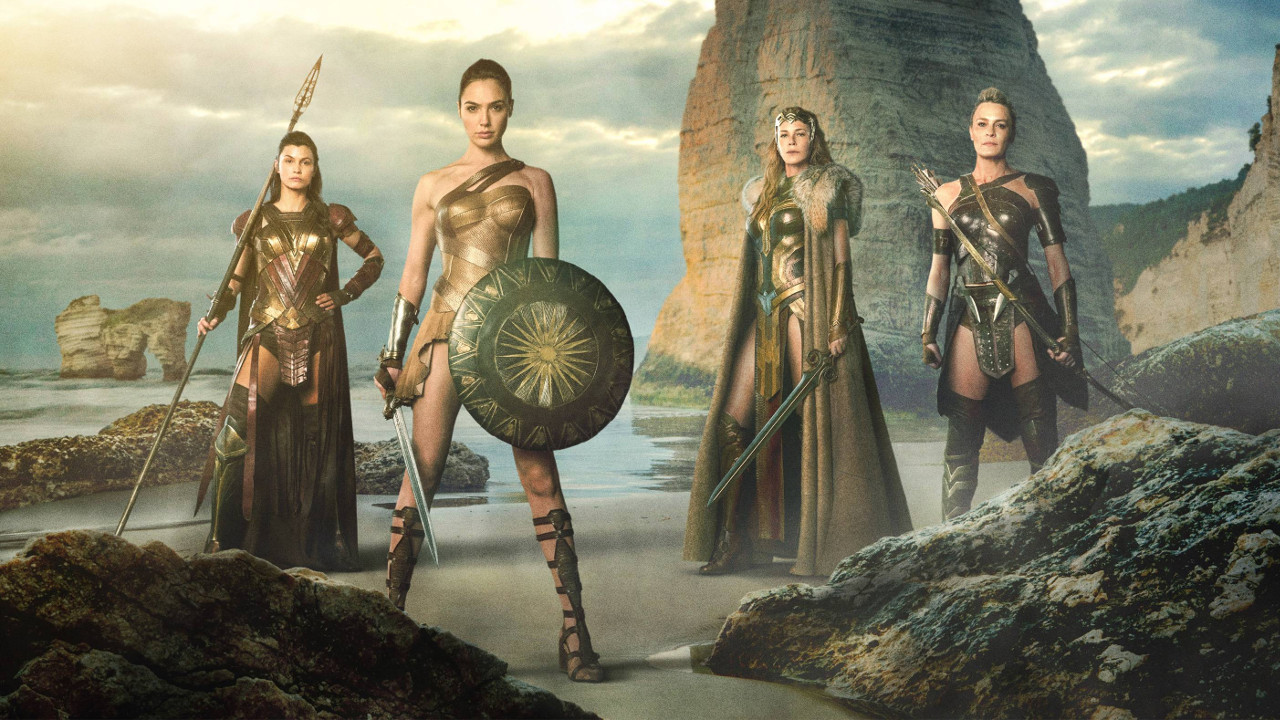
In 1986, the Crisis On Infinite Earths storyline rewrote all of that. Paradise Island became known as Themyscira and the Amazons were reinvented as a race of immortals created by the god Artemis, the reincarnation of women slaughtered by men.
The upcoming movie looks like something of a mash up of these elements. A fair chunk of the film appears to be set on Themyscira, and many of the supporting comic characters will feature, including Queen Hippolyta (Connie Nielsen), General Antiope (Robin Wright) and Steve Trevor (Chris Pine). Pine’s role is especially interesting. It’s been reported that he is playing the character in both the present day, and as his grandfather in World War I who ends up crashing onto the island.
Sign up for the Total Film Newsletter
Bringing all the latest movie news, features, and reviews to your inbox
Secret Origins
There is no Wonder Woman without her creator, William Moulton Marston. Marston was a psychologist, academic and one of the inventors of the lie detector. He disliked comics, and was troubled by what he described as their “blood-curdling masculinity”. He deliberately set out to create a character that would be a more positive role model for children, both boys and girls, and with more depth than the flat female characters of the time.
Marston didn’t create the character alone. His wife Elizabeth had a great deal of input, including suggesting that this new superhero be a woman, and their mutual lover, Olive Byrne, is said to have been a key source of inspiration. Artist Harry George Peter, meanwhile, was tasked with bringing the character to life on the page. He was the first of countless artists for decades to come.
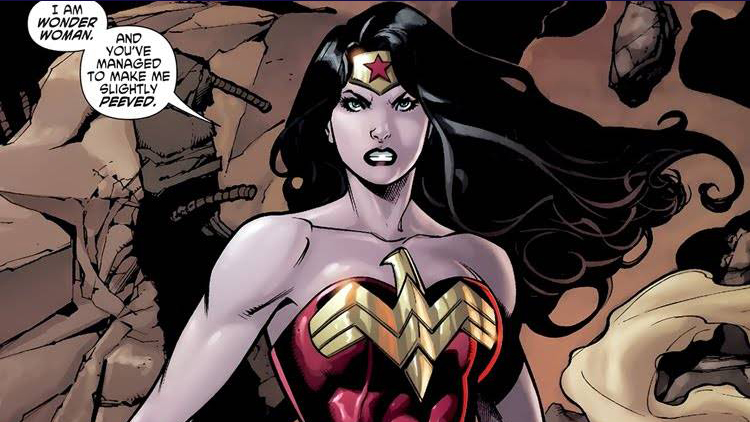
You might think with these issues of morality in mind that the Wonder Woman comics would be free of controversy – but that was far from the case. A recurring image throughout those early comics is characters, including Diana herself, tied up. Indeed, one longer Wonder Woman story featured more than 70 bondage-themed panels. This didn’t go unnoticed. DC’s editor, Sheldon Mayer, tried (and failed) to tone things down and a member of the company’s editorial board resigned in disgust.
It’s easy to smirk at those early stories, with their hints of kink, but the character did play a part in changing the way women were presented in comics. Wonder Woman was strong and capable in a way that other characters weren’t. Harvard historian Jill Lepore summed this up in a recent interview with Comic Heroes, saying “to become emancipated from the tyranny of men, she had to be chained up by evil villains so that she could emancipate herself.” Lepore also suggests that Marston’s use of chains in his comics reflects the fact that feminists and suffragists in the 1920s used a similar iconography.
5 must-read Wonder Woman comics
So, wanna read some comics? Here are 5 essential Wonder Woman stories to get you started…
The Circle: Fan fave writer Gail Simone kickstarted her run in style. The Circle finds Wonder Woman struggling with a lack of powers when she’s in her secret identity, but still taking on – and beating – a gang of superhuman Nazis.
Eyes of the Gorgon: Diana must deal with Medusa and coup on Mount Olympus in a storyline that plays up the mythological elements of Wonder Woman’s backstory, while also emphasising her wisdom.
JLA: A League of One: A one-shot that sees Diana forced to (non-lethally!) neutralise her teammates in the Justice League for their own safety. Batman? Superman? Green Lantern? Flash? All come up against her and all fall.
Down to Earth: Diana publishes a book espousing her peaceful philosophy – and is immediately thrown into conflict. Politically engaged, true to Marston’s original conception of the character but still exciting, this is a cracker.
The Wonder Woman Chronicles: Not a single story, but an essential collection of the very earliest tales. Marston (in his pseudonym, Charles Moulton) and his collaborators bring sheer wild invention, and not a little lunacy, to Diana’s first adventures.
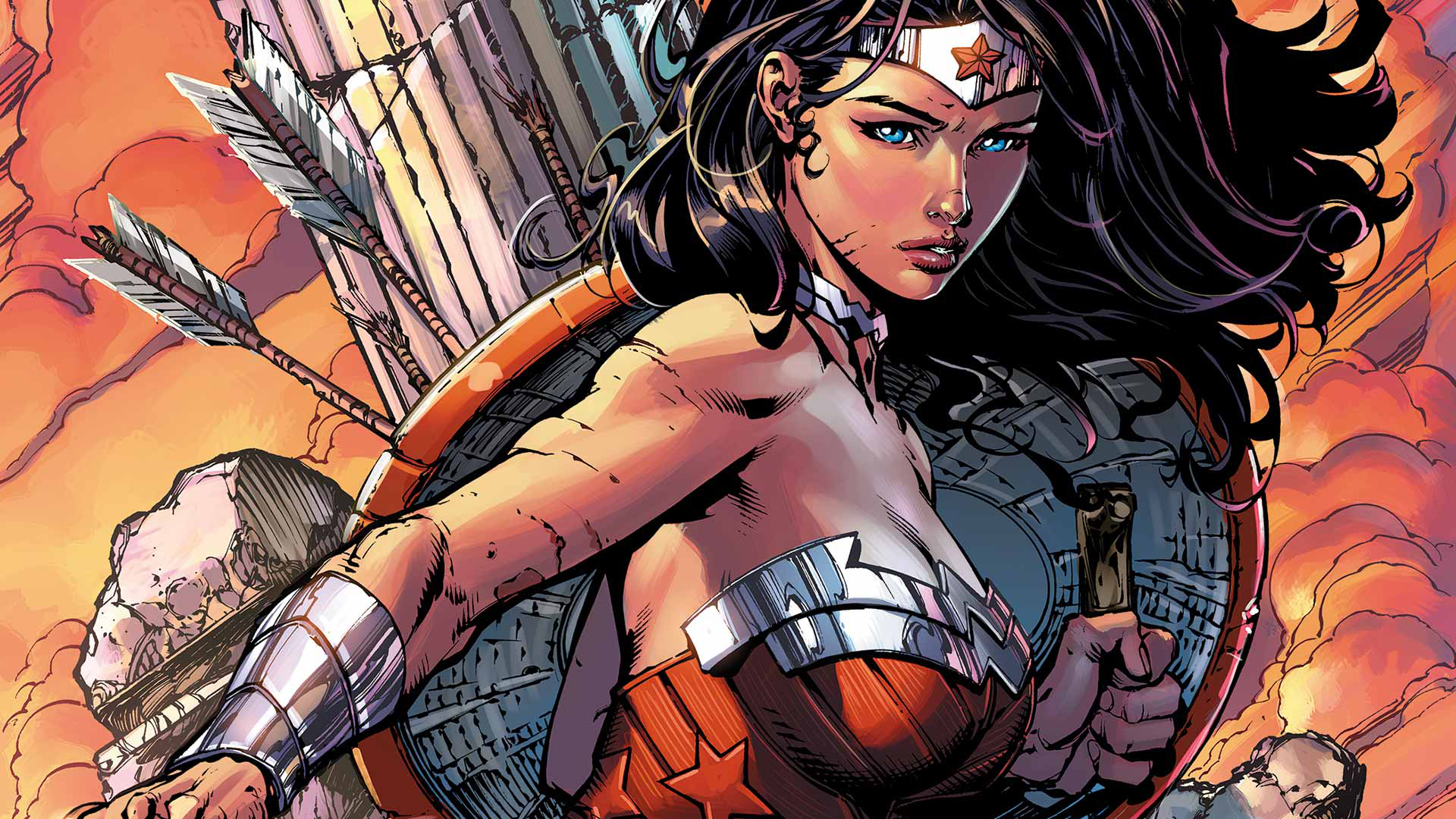
The TV show
We’ve talked about the upcoming movie, but Wonder Woman already has an iconic screen presence. From 1975 to 1979, Lynda Carter starred in a TV series that made her a global star and which still defines Wonder Woman to the general public.
The show’s first season stuck to the WW2 setting and pitched Wonder Woman against an array of Nazi villains – something that frustrated Carter, who longed for more variety. By season 2, however, it had been relaunched as The New Adventures of Wonder Woman. Diana was now in the modern world (well, the '70s) and tackling mad scientists, criminal gangs and various super-powered villains.
The show could be campy and daft, but it had a big impact. Diana’s spinning transformation into her super-suit originated here – and was later incorporated into the comics. Gal Gadot is great, easily the best part of Batman v Superman, but she has a way to go before she unseats Lynda Carter as the definitive screen Diana.
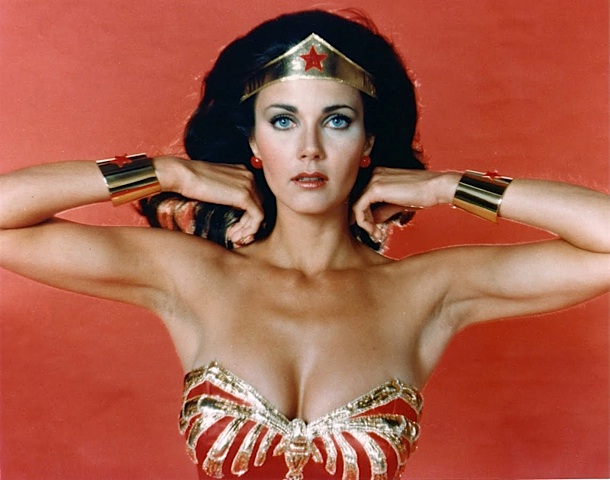
Changing with the times
Wonder Woman has proven remarkably adept at adapting to changing times. When she first stepped on to the comics page, her adventures were heavily tied into World War II, with Nazi villains a common element.
By the 1960s, however, things had changed. The character was rebooted, and Diana found herself stripped of her powers, working in a Mod boutique(!) and kicking ass as an Emma Peel-style secret agent. It didn't fit in with what had come before at all, but it proved just how flexible the character could be.
By now the character was also taking on a greater symbolism in the real world. Wonder Woman had become a pop icon and feminists had embraced the character. A notable moment came in 1972 when Gloria Steinem made her the cover star of the first issue of liberal feminist magazine, Ms., proclaiming "Wonder Woman for President!"
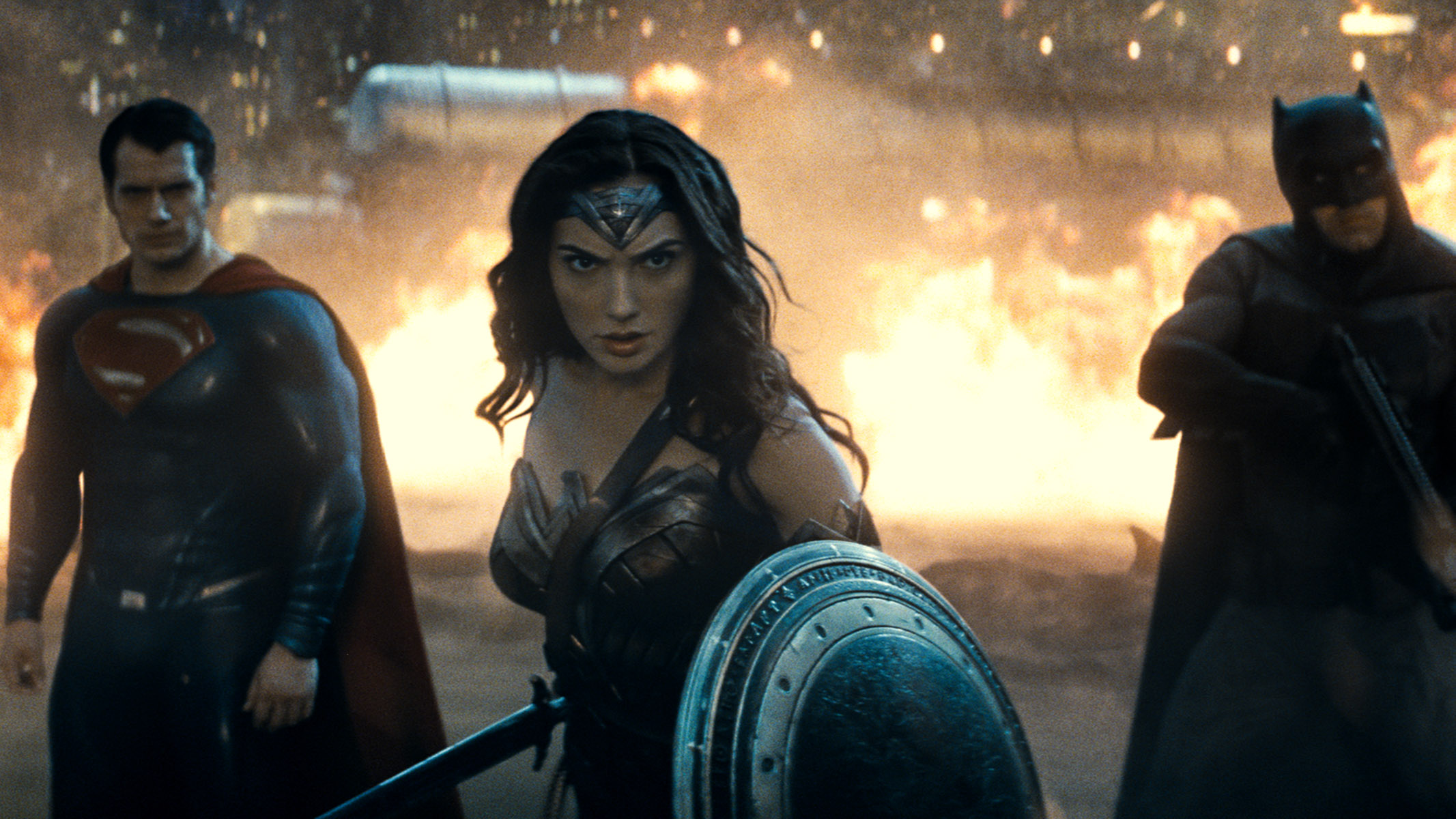
Back in the comics, things were changing too. Crisis On Infinite Earths restored Wonder Woman’s powers and brought the mythological elements to the fore again. This more-or-less remained the status quo until 2011’s New 52 reboot changed Diana’s origin once again, now dubbing her the “Goddess of War” – something you suspect wouldn't sit well with William Moulton Marston. We’d talk about that more, except that DC appear to be rebooting their continuity yet again this summer with their ambitious DC Rebirth project.
We don’t yet know what changes that will bring, but we do know that Wonder Woman will remain front and centre of their output. She's the first lady of comics, the amazing Amazon – and a hero to millions.

Will Salmon is the Streaming Editor for GamesRadar+. He has been writing about film, TV, comics, and music for more than 15 years, which is quite a long time if you stop and think about it. At Future he launched the scary movie magazine Horrorville, relaunched Comic Heroes, and has written for every issue of SFX magazine for well over a decade. His music writing has appeared in The Quietus, MOJO, Electronic Sound, Clash, and loads of other places too.


